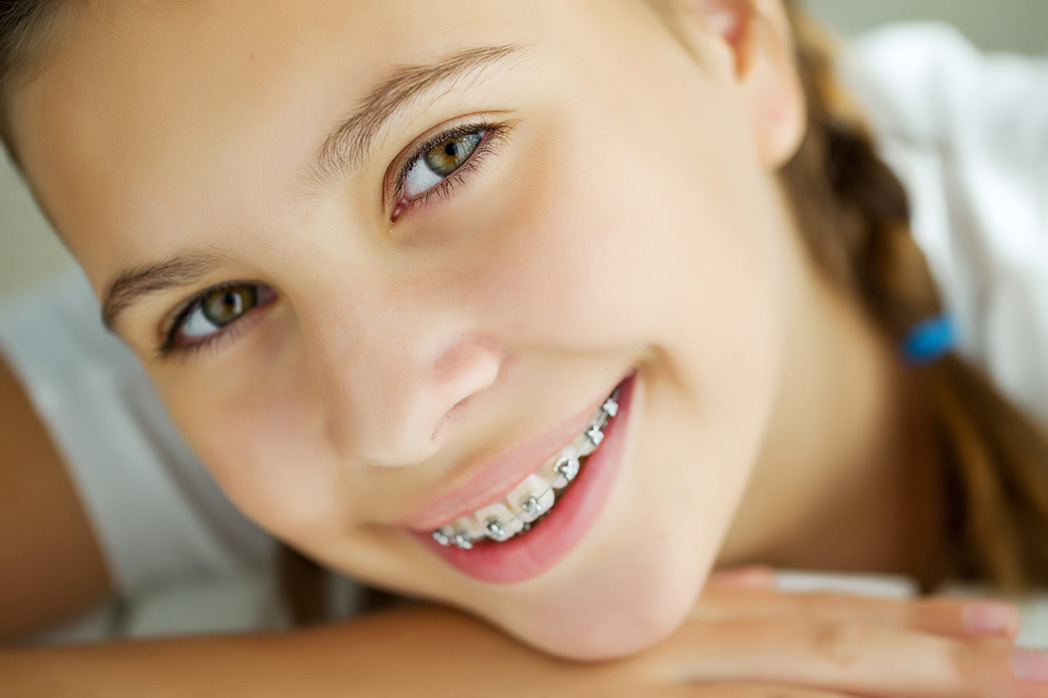
Braces are a system that is installed on the dentition, consisting of plates held on a chemical basis by means of adhesion, as well as arcs and ligatures. The structure has ligatures and arcs that form a complete installation, which is attached using notches.
Before installing the system, special notches are applied to the support teeth, then using clips located on the plates themselves, the arcs are attached to the teeth. The friction force is reduced due to the free position of the arc.
Indications for the installation:
- Curvature of the dentition;
- Anatomical malocclusion;
- Violation of speech functions due to maxillofacial deformities.
Treatment with braces includes several stages:
the Initial stage is to evaluate the jaw line, take casts, and perform radiography. All these procedures are the basis for correct diagnosis and further treatment; In the future, there is a creation of casts in the laboratory for the work of a specialist;
based on the results obtained, on the basis of casts and diagnostics, the doctor determines the optimal course of treatment and instructs the patient about it, choosing the design to be installed together with it; Before starting the installation, it is necessary to sanitize the oral cavity and teeth. Treatment of carious lesions, and removal of formations. This procedure is performed to avoid the development of diseases while wearing the system;
the alignment period starts From the bracket installation stage. Further, changes in the length and cross-section of the arches affect the degree of pressure of the system on the dentition; The final stage is the retinal stage. During this process, the achieved result is fixed with the help of an arc-retainer installed on the back surface of the teeth or with the help of a dental cap.
Types of braces:
On materials:- all-metal;
- all-Ceramic;
- sapphire;
- Silicone;
- Composite.
- Ligature;
- Self-ligating;
- Composite.
- Ligation:
- Active ligation;
- Passive ligation;
- Composite.
- Vestibular (on the front side of the dentition);
- Lingual (on the back of the dentition).
all-Metal systems:
Construction with good strength and technical characteristics. The shape of the plates is individual depending on the manufacturer. The advantage of this system is a low coefficient of friction, which reduces the process of erection.
Disadvantages:
Low aesthetic characteristics; Increased risks of allergic reactions, galvanosis.
all-Ceramic systems:
the Design has a low transparency, the plate does not much exceed the size of analogues. The system consists of aluminum oxide crystals. They have an aesthetically high index.
Disadvantages:
- Low strength;
- Increased friction.
Sapphire analogs:
for patients whose priority is aesthetics. Practically invisible. The disadvantages of this design are the fragility and long duration of corection. Modern dentistry has a wide range of functions and options for correcting the defects of the maxillofacial row. The latest technologies and qualified specialists will allow You to make the best choice.